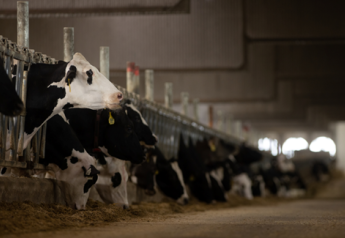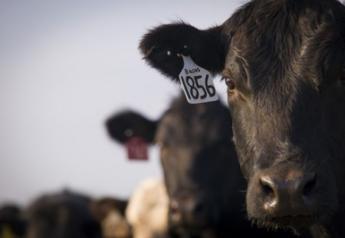There’s a New Mastitis-Causing Pathogen in Town: Prototheca Bovis

Prototheca bovis, a non-photosynthetic, yeast-like microalgae, is a mastitis-causing pathogen that has been around since the 1950s. However, it’s prevalence has significantly increased within the last five years, according to Angie Ulness, Senior Territory Manager at Parnell Veterinary Pharmaceuticals.
“Similar to Staph aureus and mycoplasma, Prototheca is hard to detect, has no known cure, and is contagious by intermittently shedding from cow to cow,” Ulness says. “[It] causes incurable acute or chronic mastitis., and there is no easy way to prevent Prototheca infections and no treatment for the mastitis.”
Unfortunately, early symptoms of Prototheca mastitis are hard to detect. According to Ulness, the pathogen thrives in high humidity and plentiful damp organic matter, a common denominator on most dairy operations. Additionally, infections typically develop over the course of several months, indicating its ability to survive or evade host immunity.
“What makes this type of mastitis so dangerous is that often times when a herd is infected, cows show mild signs of inflammation,” Ulness says. “Often times producers do not recognize infection has occurred until the quarter’s nearly dry. To add to the insult, positive cows continue to intermittently shed large numbers of the organism, transferring cow to cow at milking.”
While there is currently no known cure for this form of contagious mastitis, there are steps producers can take to help keep this new and emerging milk quality threat at bay. Ulness provides the following tips:
- If you have had a steadily increasing bulk tank somatic cell count (SCC) over time and culture for forms of mastitis, consider also culturing for Prototheca. Identify potentially infected cows for culture that do not respond to antibiotic treatment and monitor SCC data from individual cows.
- A producer-veterinarian relationship should be established to help determination of mastitis-causing agents.
- Environmental sources should be investigated, gold standard milking procedures and hygiene be practiced, and when infusing the mammary gland wear gloves at dry off and at treatment, and the teats must be clean and dry, using a separate alcohol wipe for each teat before infusing the teat. Do not reuse teat cannulas or tubes and insert the teat cannula only partially into the teat canal.
- Prototheca bovis mastitis has shown resistance to a wide variety of pharmacological products, including antibiotics. Because this mastitis is incurable, infected cows should clearly be identified and milked last in the milking order until they can be culled.







